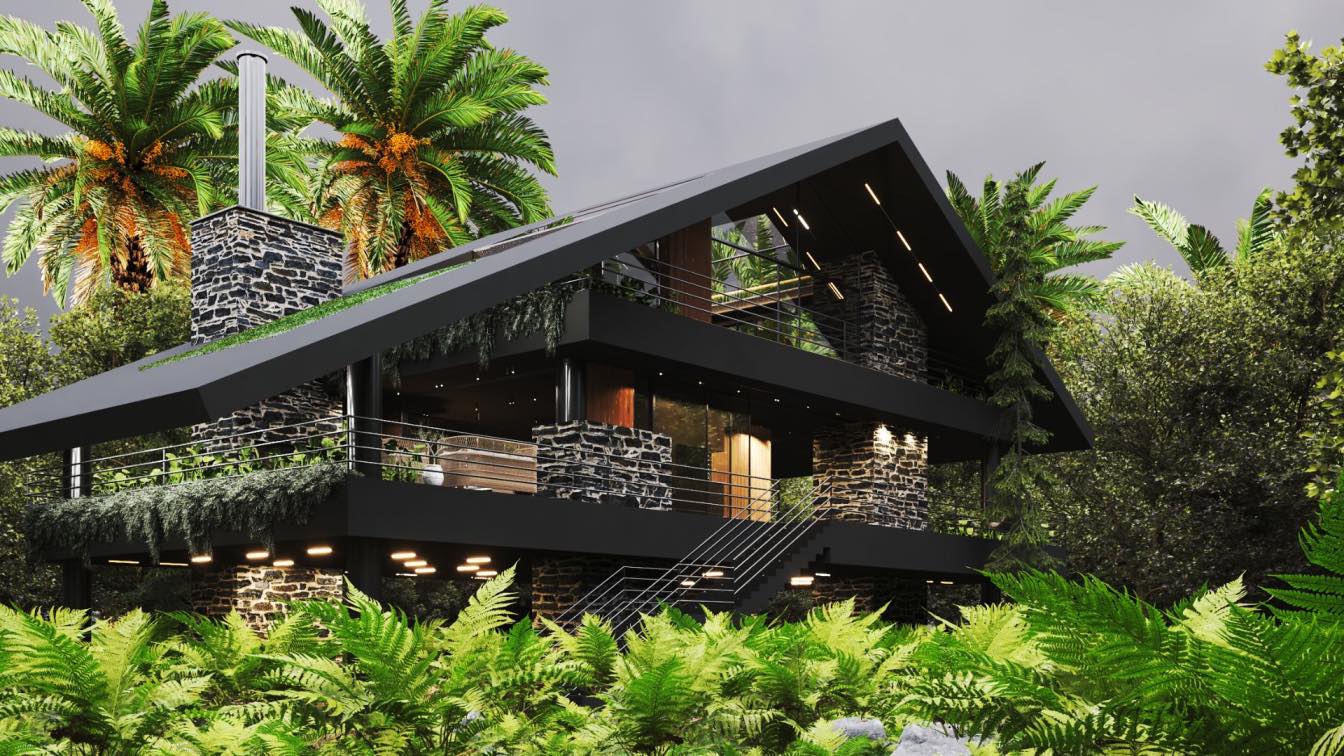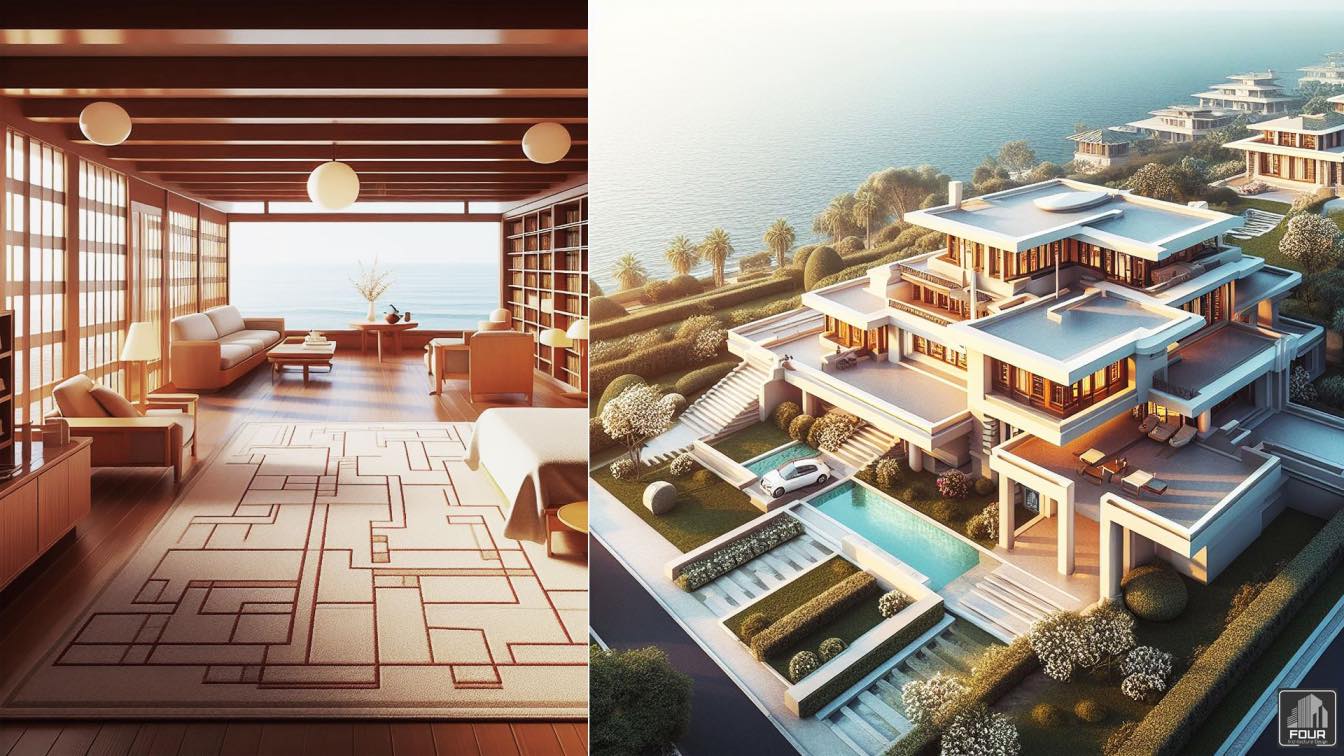Mākena Golf and Beach Club is a Discovery Land Company member community located on the southern tip of Maui, developed through a vision of sustainability. de Reus Architects is the lead architect for more than 400,000 square feet of club amenity facilities and residential dwellings that comprise the core of this project.
The initial phase consists of an 87,302 square-foot club which includes seven residences, the beach bar and outdoor pursuits, ten 4,580 square-foot beach cottages, ten 6,725 square-foot Molokini residences, the eight-unit 27,886 square-foot Hale Kēhau, and the thirty-unit 176,215 square-foot multifamily Kula Villas.

The architectural design of the club is attentive to the spatial order and circulation within users’ experiences; from arrival, within the club, and to the gardens and pools. This objective plays out in merging exterior and interior spaces and in the efficient operations of the club. The club amenity spaces and concierge offices are located on the main level, with back of house functions and parking on the basement level, and club residential dwellings on the second level.
The club is conceived as a garden courtyard building, a type that has proven to be well adapted to tropical climates, as natural ventilation allows a building to breathe. Amenity spaces and residences above are organized around a water garden that functions as a transitional space for arrival and departure. Stone walls wrap the courtyard at the club level, and a wood screen wraps the open-air walkway to the residences. Large doors open the bar and dining spaces to the lanais and views. The interior architecture and design have modernist sensibilities, while their textures and materials reference the club’s tropical location. The bar and dining spaces are designed for conviviality befitting casual use by family and friends.






